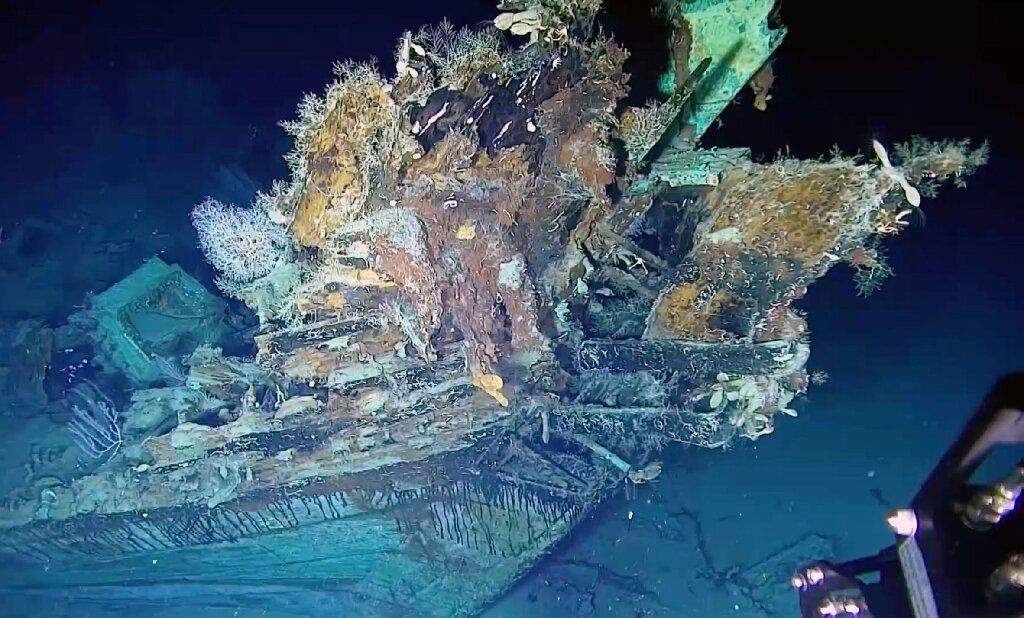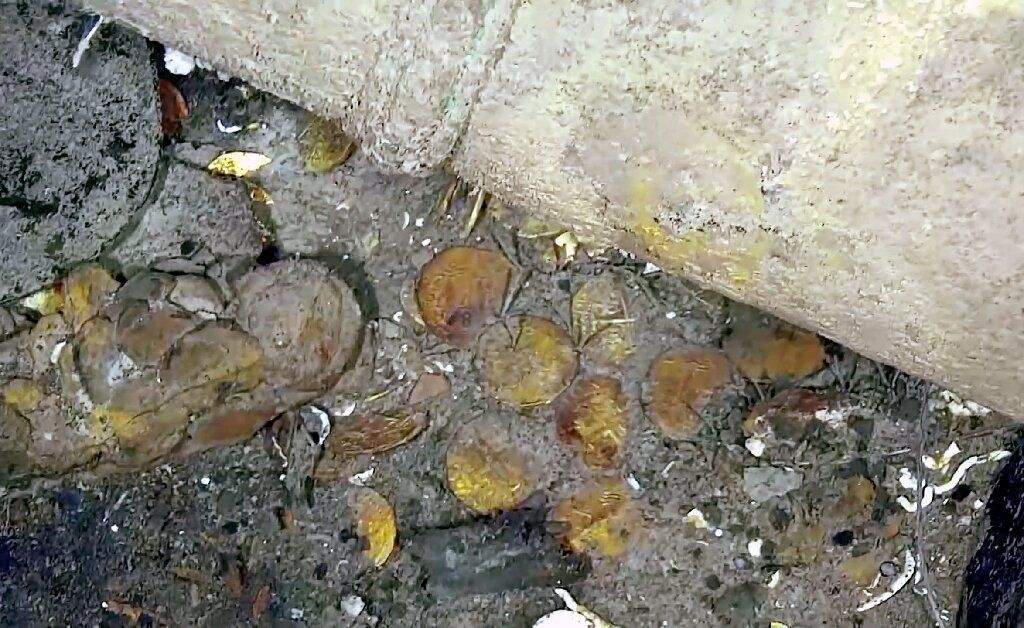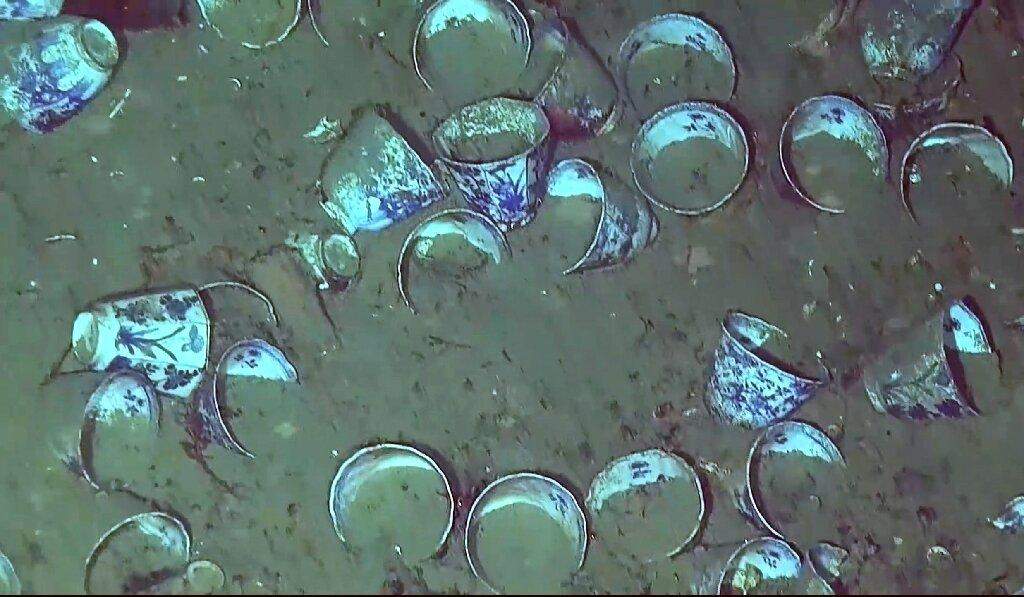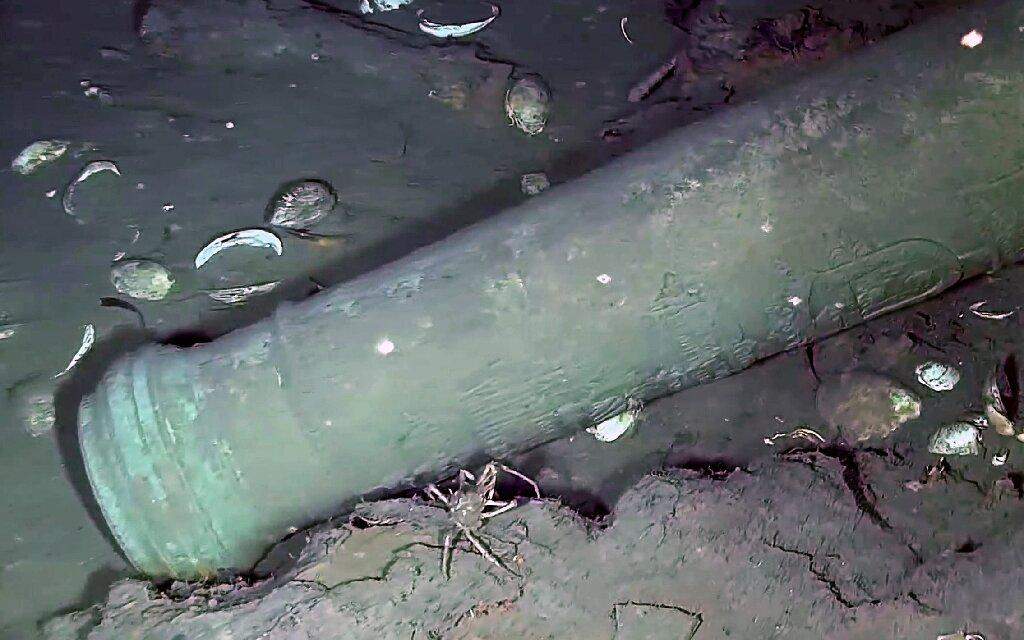Surprisingly, the study of the ship was not done by archaeologists, but by the Colombian military department led by the Ministry of Culture. There are several reasons for this.
Countless riches and to whom they belong
It is worth noting that the remains of the ship were found in 2015. Before that, it was a treasure hunter’s dream. The San Jose Galleon belonged to the Spanish Crown when it was sunk by the British Navy in 1708. Only a few of the 600 crew members at that time survived. The ship carried treasures from the New World to the palace of King Philip V of Spain.
According to experts, it still contains at least 200 tons of gold, silver and emeralds. Research has shown that The galleon remained intact all this time. Weapons can be seen next to porcelain and pottery, glass bottles and gold items. The snout, covered with algae and molluscs, as well as the remains of the body frame are clearly visible.


Bow of the galleon / Photo AFP
The mission also found two more sunken ships, a colonial-era galleon and a post-colonial sailor, officials said. Thanks to the technological equipment and work of the Colombian Navy, it was possible to obtain images with an unprecedented level of accuracy. The wreck promises to be preserved and preserved for science.


Gold coins found at the crash site / Photo AFP


Kitchenware transported by ship / Photograph AFP


Cannon from the ship “San Jose” / Photo AFP
Two of San Jose’s Problems
- The first obstacle to research is that the ship “San Jose” is at a depth of almost 950 meters. To study this, four unmanned underwater vehicles were needed. Removing artifacts from the bottom will be a huge technological and scientific challenge.
- The second is a legal dispute between three parties, each claiming the right to find. Colombia considers sunken ships found in its territorial waters to be part of its cultural heritage, meaning their contents cannot be sold. Authorities have already announced their intention to create a shipwreck museum that will be “a source of pride for Colombia, the Caribbean and the world.” Spain insists that the treasure belongs to them, as it is on a Spanish ship. The Khara-Kara people, the Bolivian Indians, also intervened in the conflict, saying that they were the ones who took the treasures as the Spanish forced the indigenous people to extract the precious metals.
Source: 24 Tv
I’m Maurice Knox, a professional news writer with a focus on science. I work for Div Bracket. My articles cover everything from the latest scientific breakthroughs to advances in technology and medicine. I have a passion for understanding the world around us and helping people stay informed about important developments in science and beyond.





















